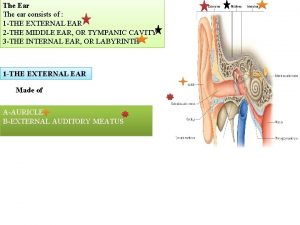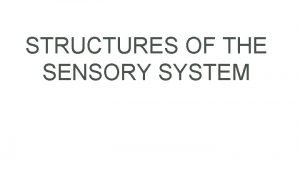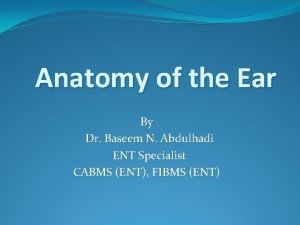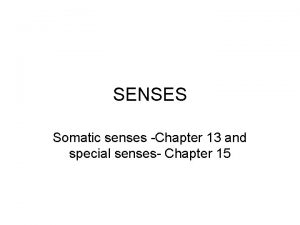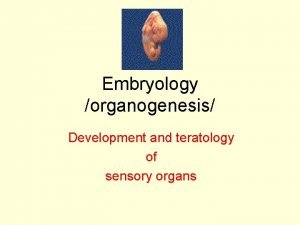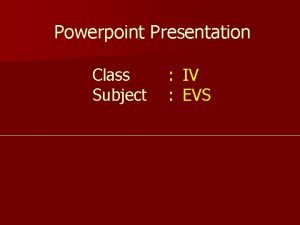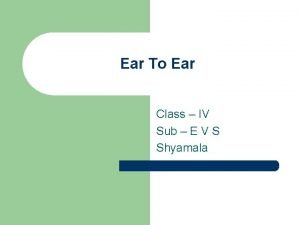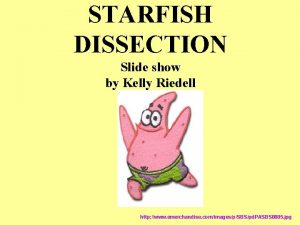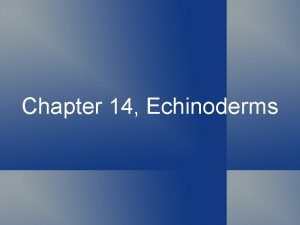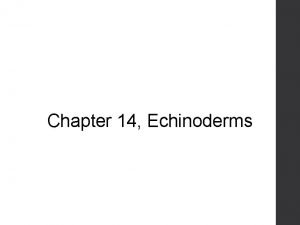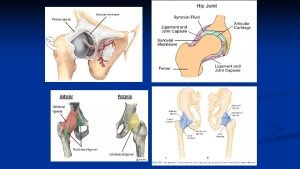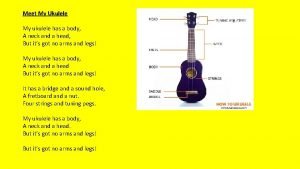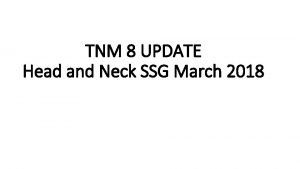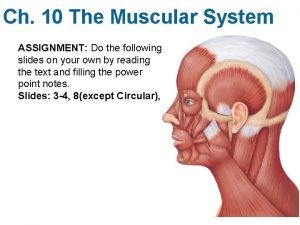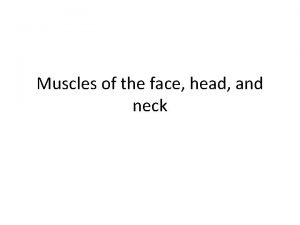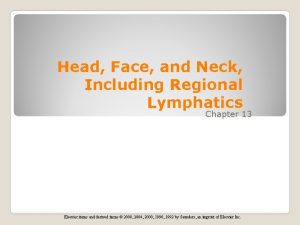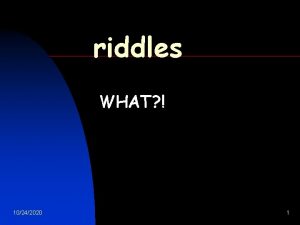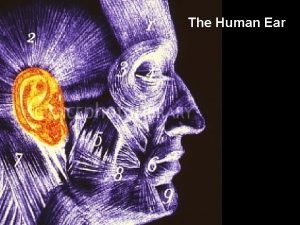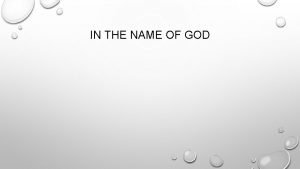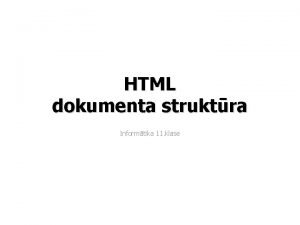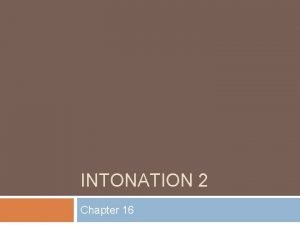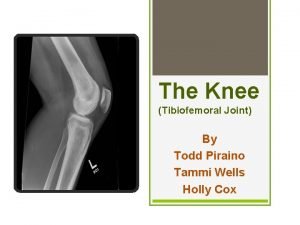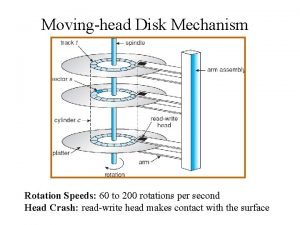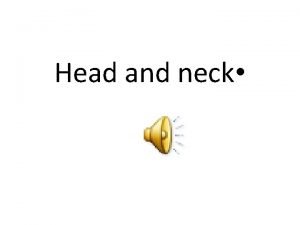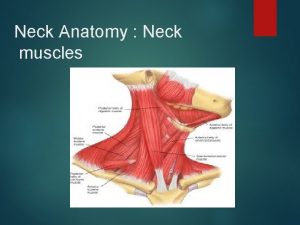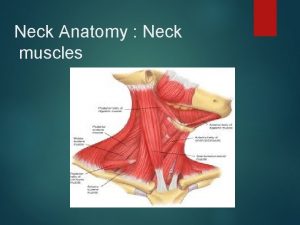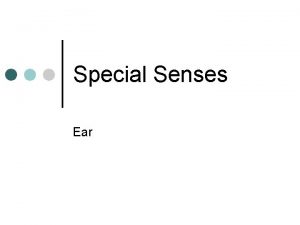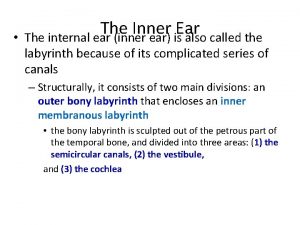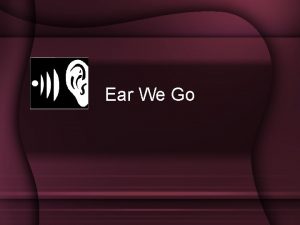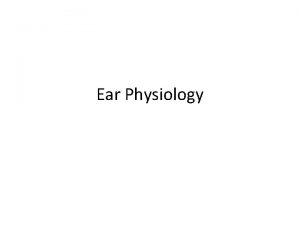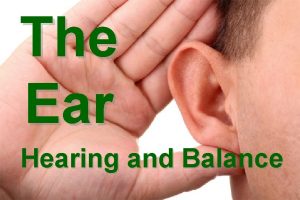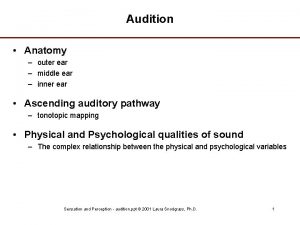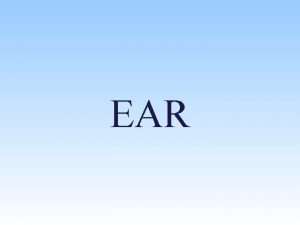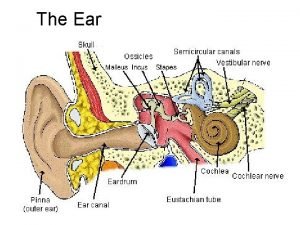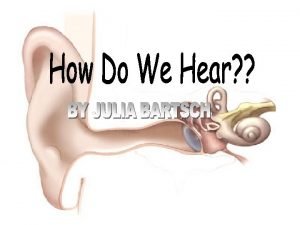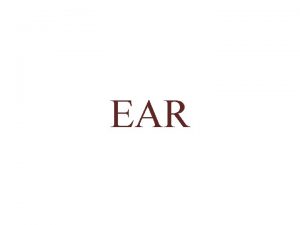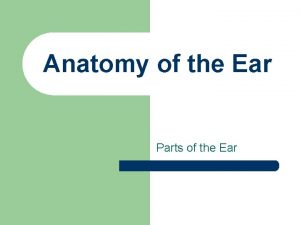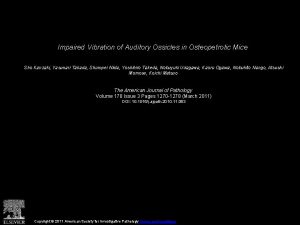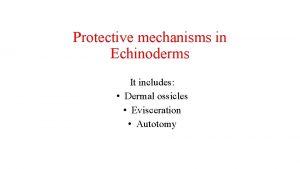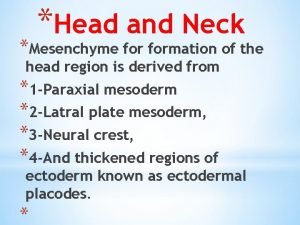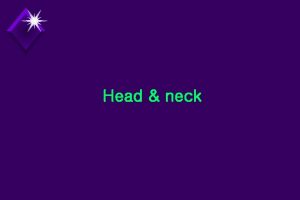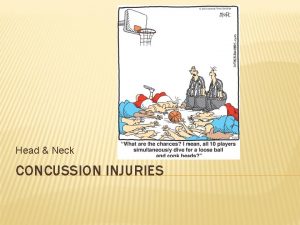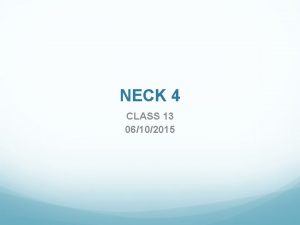Ear ossicles MalleusMalletHammer Largest ossicle Parts Head Neck




































- Slides: 36




Ear ossicles

Malleus-Mallet(Hammer) Largest ossicle Parts Head Neck Anterior process Lateral process Handle

Parts Head-body of incus Neck-pars flaccida, chorda tympani Anterior process- anterior ligament-petrotympanic fissure Lateral process-tympanic sulcus Handle-tympanic membrane tensor tympani muscle

Incus-anvil Body: head of malleus Long process: lentiform nodulehead of stapes Short process: fossa incudisposterior wall of tympanic Cavity. Lentiform process/nodule: Head of Stapes - Incudo stapedial joint.

Stapes-stirrup Headlong process of Incus Neckinsertion of stapedius Anterior and posterior crus. Footplateoval window/ fenestra vestibuliannular ligament

Ossicular ligaments and Joints Malleus Anterior ligament Superior ligament Incus Posterior ligament Superior ligament Stapes Annular ligament Joints Incudomalleolar – saddle Incudostapedial joint-ball and socket



Otosclerosis Common hereditary disease Normal laminar bone is removed by osteoclasts and replaced by unorganised bone of greater thickness, vascularity and cellularity.

AUDITORY TUBE


AUDITORY TUBE It is an osseo cartilagenous tube Communicates anterior wall of middle ear cavity with lateral wall of nasopharynx. Length: 36 mm It is directed downwards forwards and medially





AUDITORY TUBE Parts: Bony 12 mm in length Cartilagenous 24 mm in length

Bony part It has two ends Lateral end is broader which opens into anterior wall of middle ear. Medial end gives attachment to cartilagenous part of the auditory tube

Relations: Medially: Carotid canal which transmits ICA with sympathetic plexus Lateral: T. M. J, spine of sphenoid, chorda tympani nerve Superior: canal for tensor tympanic muscle

Cartilagenous part • Made up of triangular plate of fibrocartilage. • Situated in a groove on base of skull-sulcus tubae

Cartilaginous part • Apex of the cartilage is attached to medial end of bony part of tube.

Cartilaginous part • Base/Medial end of tube forms a projection of mucous membrane in lateral wall of nasopharynx -Tubal elevation.

Cartilaginous part • Base forms roof and medial wall of tube. • Rest of the area is filled by fibrous membrane. 26

• Relations Anterolaterally: • Tensor Veli palatini • Mandibular nerve • Otic ganglion • Nerve to medial pterygoid • Middle meningeal artery • Chordatympani nerve

Posteromedially; • Apex of petrous temporal bone, Levator Veli palatini muscle • Above Sulcus tubae • Below Superior constrictor

• Blood supply: a)Ascending pharyngeal artery b) Middle meningeal artery • Nerve supply: • Bony part; tympanic plexus • Cartilagenous part: Meningeal branch of mandibular nerve • Opening: Pharyngeal branch of pterygopalatine ganglion

• • • Development: Tubotympanic recess Functions: Equalises pressure outside and inside tympanic membrane It is always open except and closed at rest and during deglutition Muscles that open tube are A) Salpingopharyngeus B)Levator veli palatini C) Tensor Veli palatini

Applied Anatomy


ET Function Tests • VALSALVA TEST – Principle: positive pressure in the nasopharynx causes air to enter the Eustachian tube 33


• In the immediate viscinity of the orifice of the eustachian tube (entrance middle ear), lies pharyngeal tonsil. Its obstruction, due to excessive tonsillar size (adenoids), may produce accumulation of fluid behind the tympanic membrane.

THANKS FOR HEARING!
 Stapes
Stapes Middle ear ossicles
Middle ear ossicles Semicircular canals function
Semicircular canals function Dr abdul hadi ent specialist
Dr abdul hadi ent specialist Ear ossicles
Ear ossicles Ear ossicles
Ear ossicles Animal with ears like leaves
Animal with ears like leaves Ear to ear worksheet class 4
Ear to ear worksheet class 4 Sea star ossicles
Sea star ossicles Ambulacral groove
Ambulacral groove Dermal ossicles
Dermal ossicles Dermal ossicles
Dermal ossicles Characteristics of ophiuroidea
Characteristics of ophiuroidea Eccomysis
Eccomysis There once was a man in tennessee
There once was a man in tennessee Tnm 8 head and neck
Tnm 8 head and neck Risk factors of head and neck cancer
Risk factors of head and neck cancer This is home ukulele
This is home ukulele Muscular system head and neck
Muscular system head and neck Zygomaticus minor
Zygomaticus minor Regional write up head face and neck
Regional write up head face and neck What has a neck but no head
What has a neck but no head Parts of leg
Parts of leg U
U Parts of the ear
Parts of the ear Dividing head uses
Dividing head uses The attacking firm goes head-to-head with its competitor.
The attacking firm goes head-to-head with its competitor. Html tagi
Html tagi Moving head disk mechanism in os
Moving head disk mechanism in os What is tonic syllable
What is tonic syllable Positive suction head and negative suction head
Positive suction head and negative suction head Condyles of femur
Condyles of femur 7 tones
7 tones Moving head disk mechanism
Moving head disk mechanism Drive wheel sewing machine
Drive wheel sewing machine Chicken techno
Chicken techno Frog anatomy
Frog anatomy

